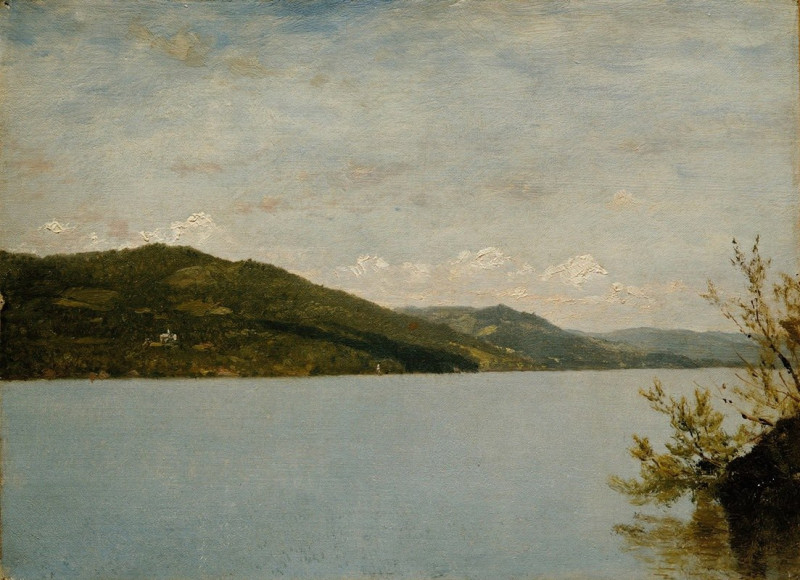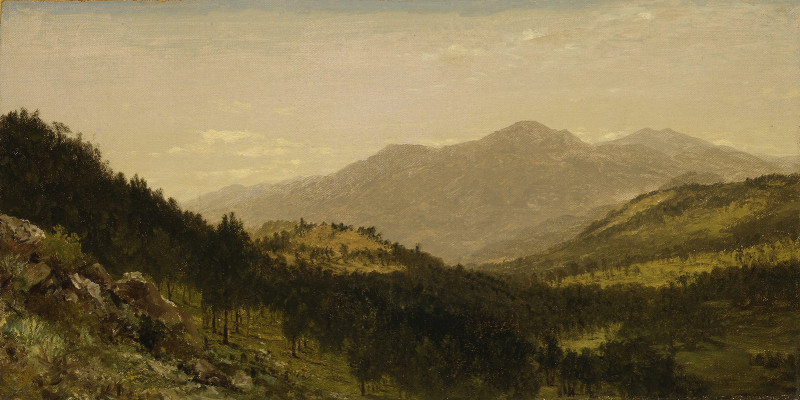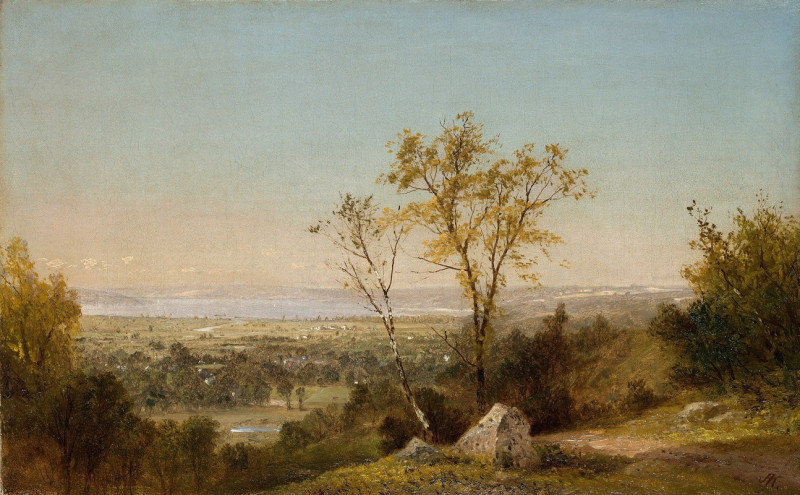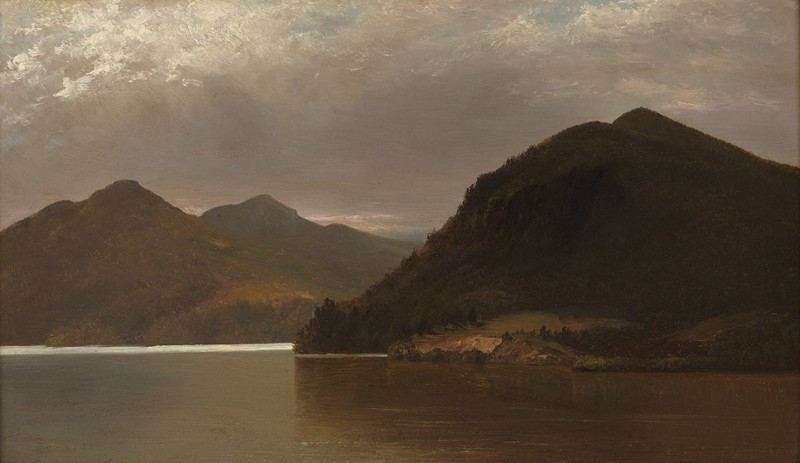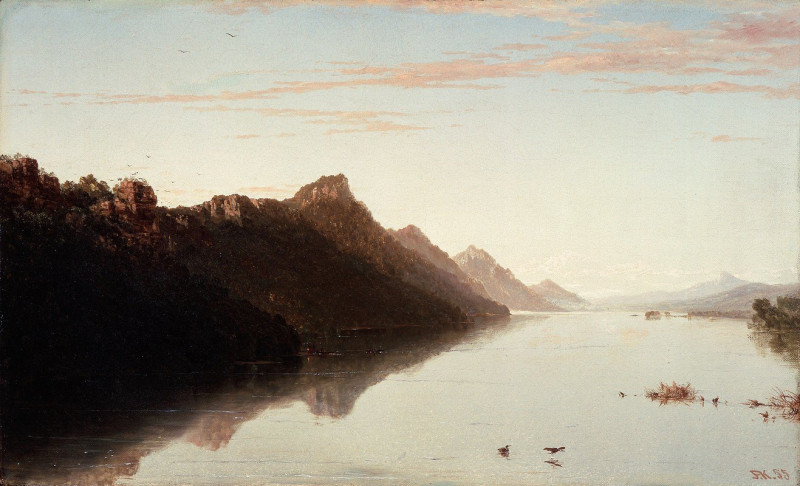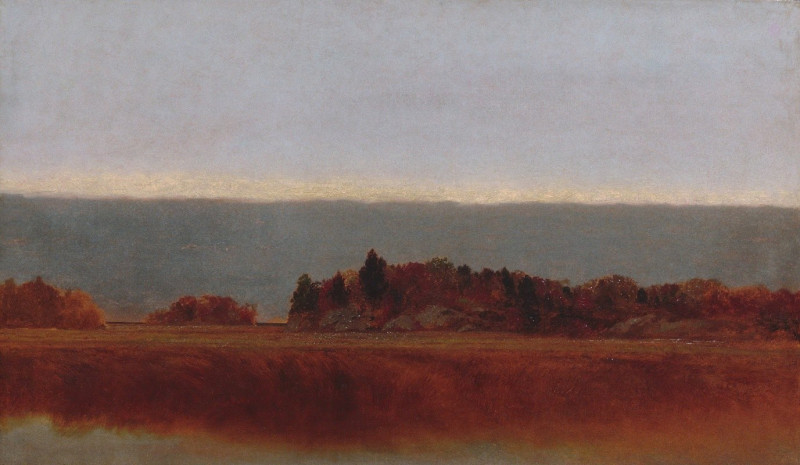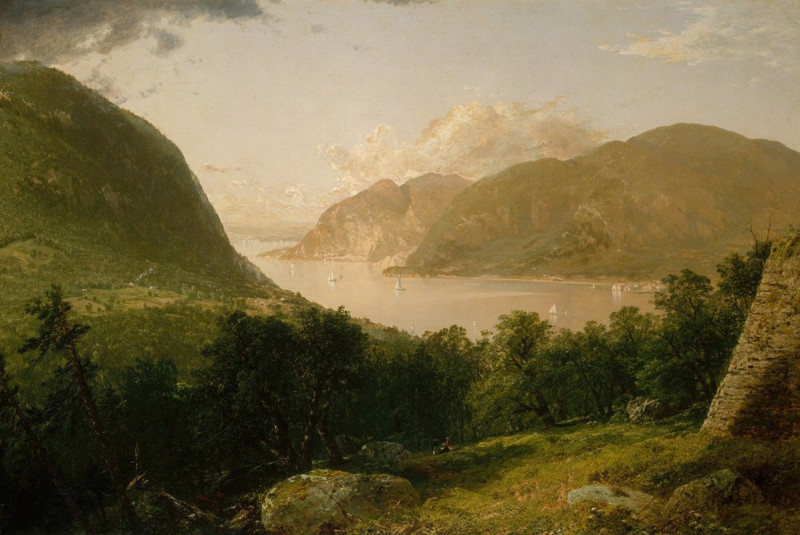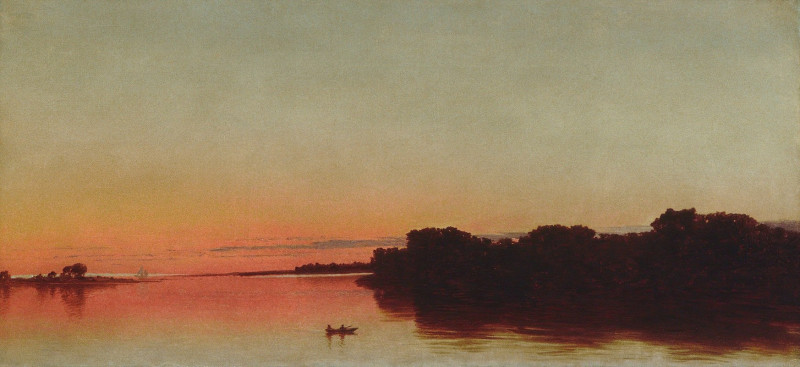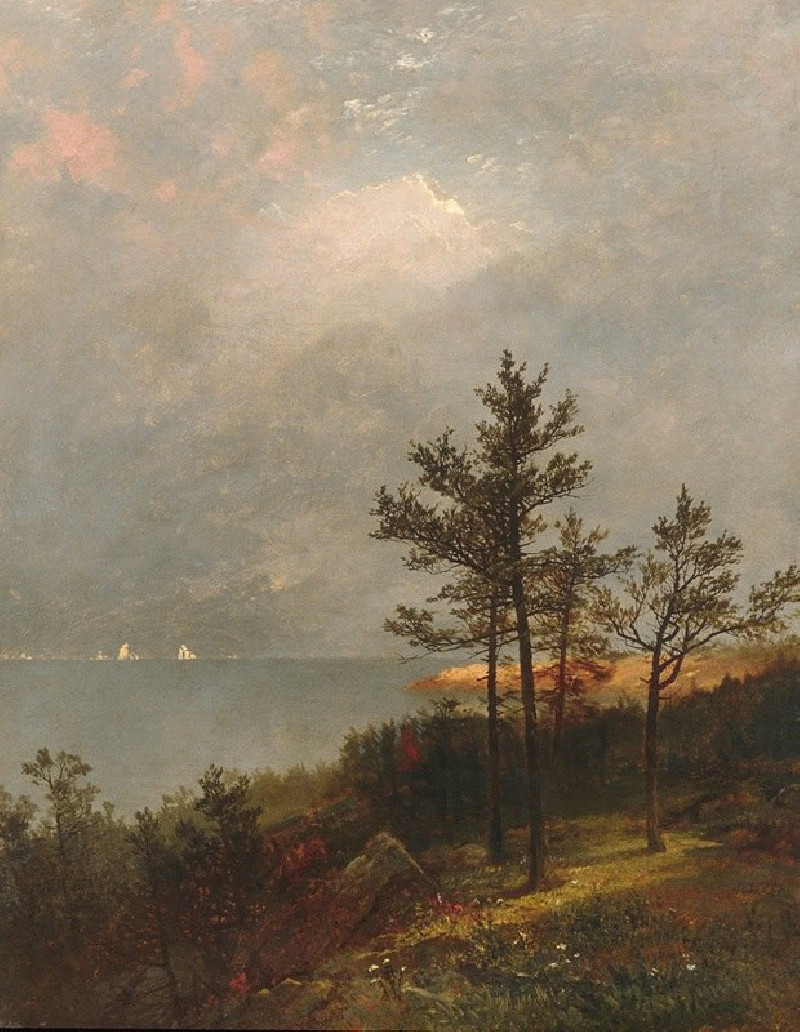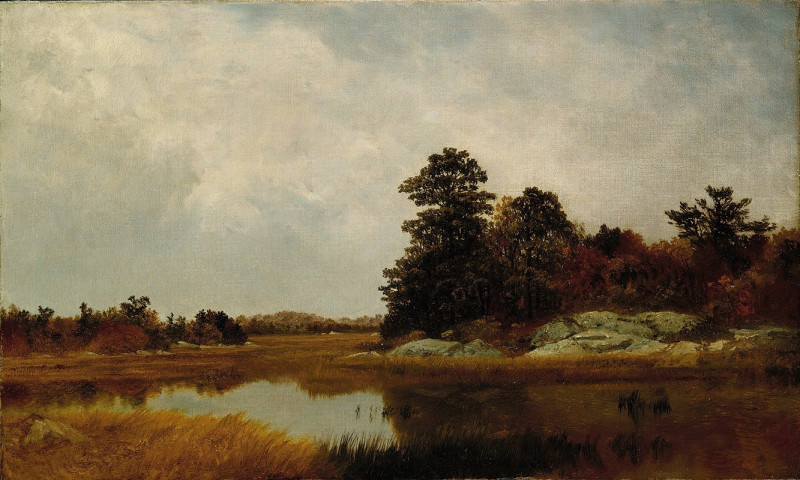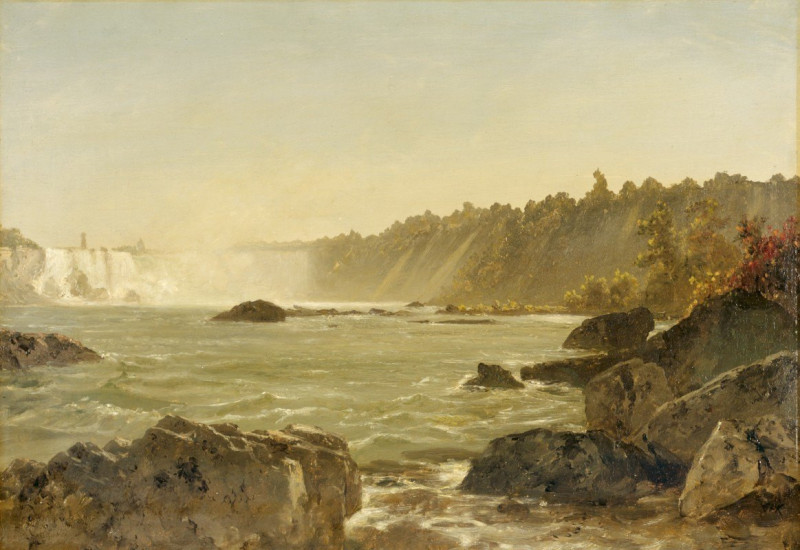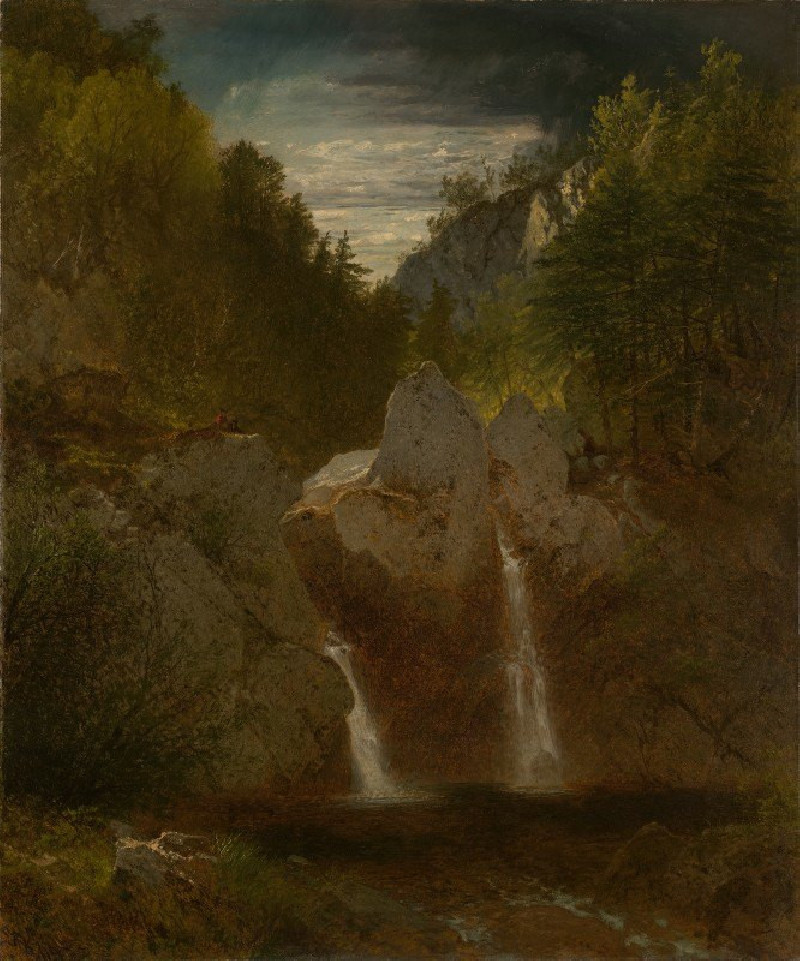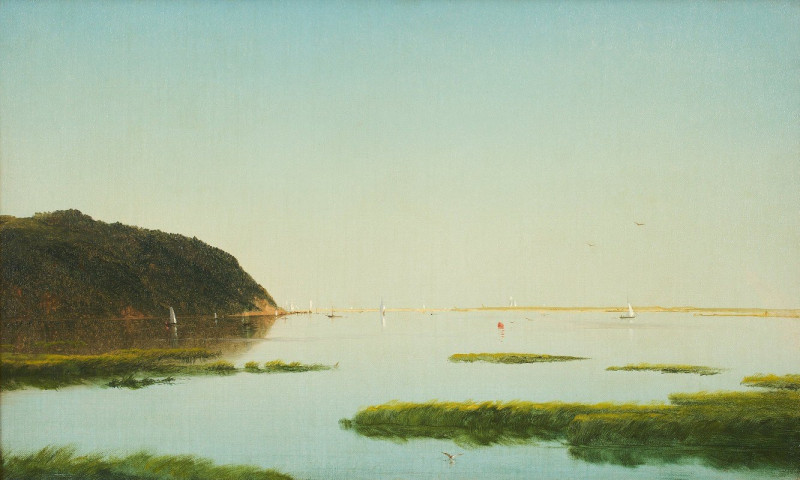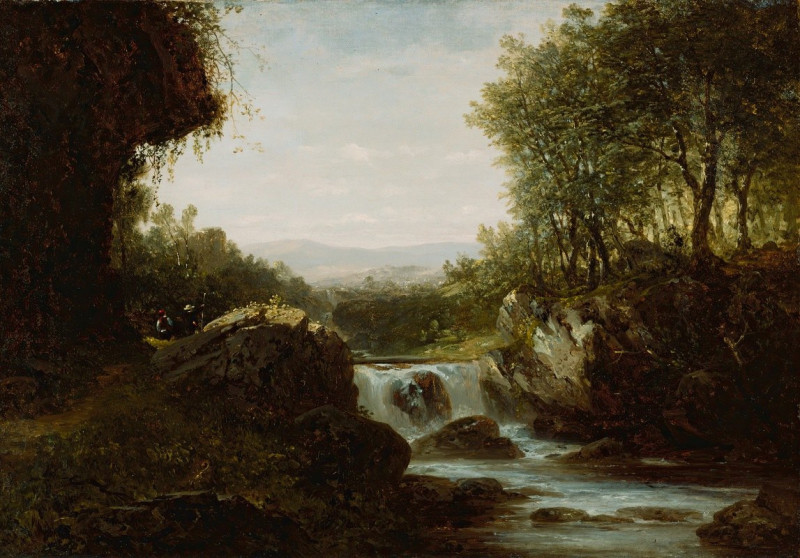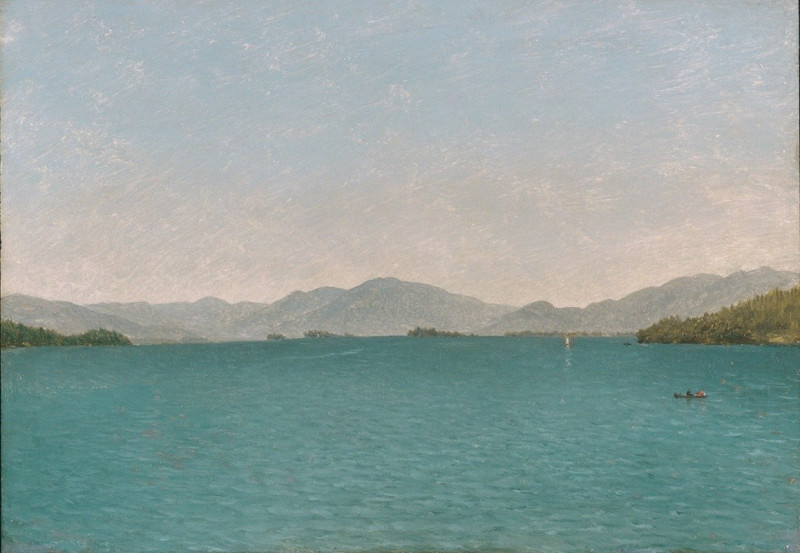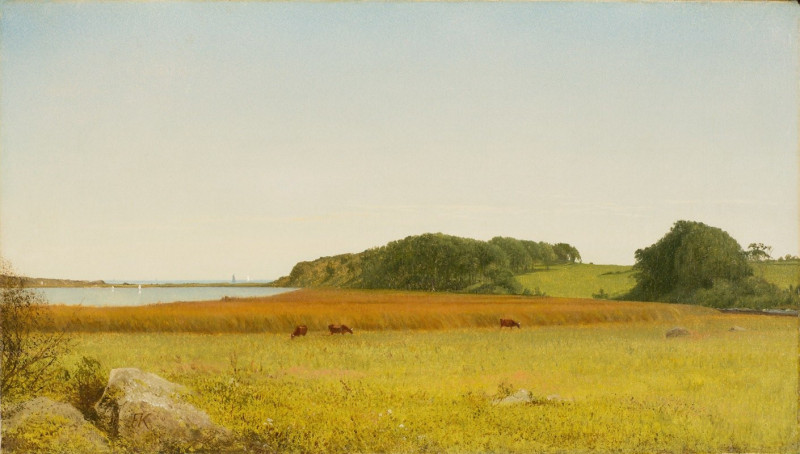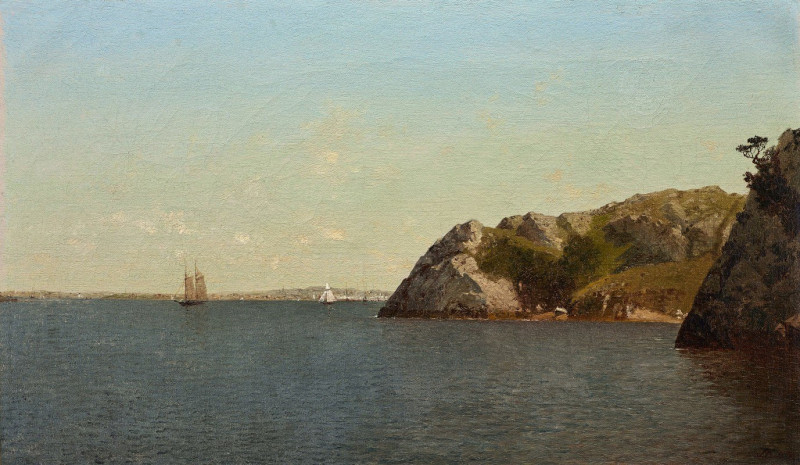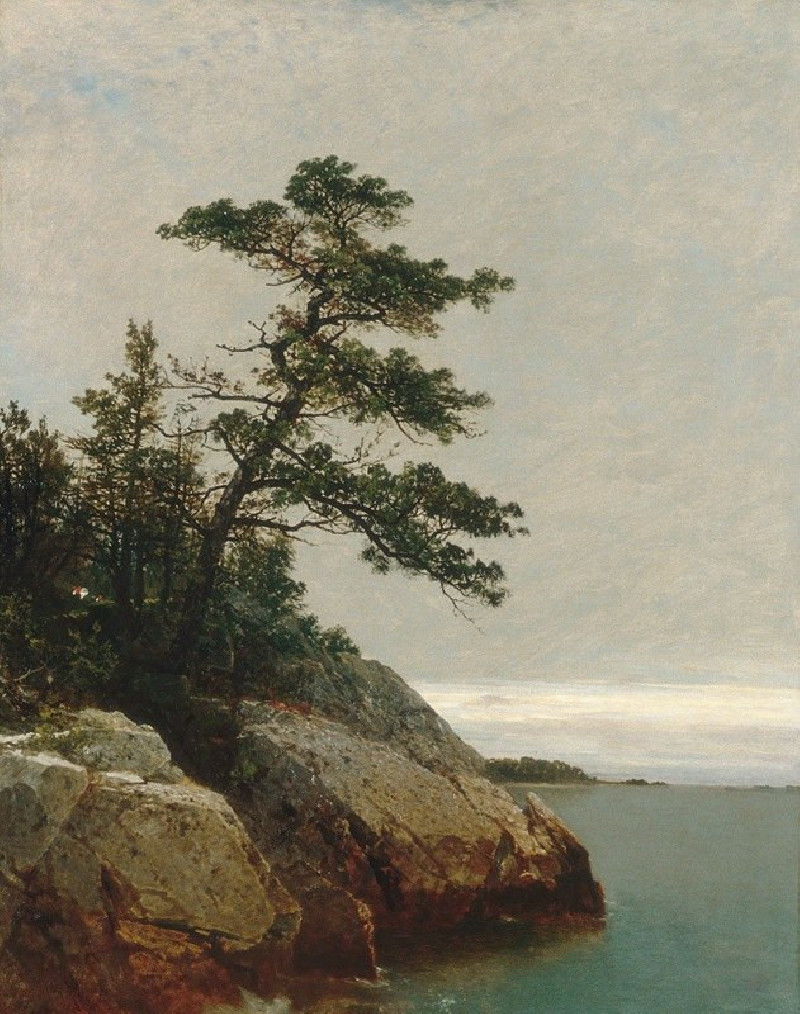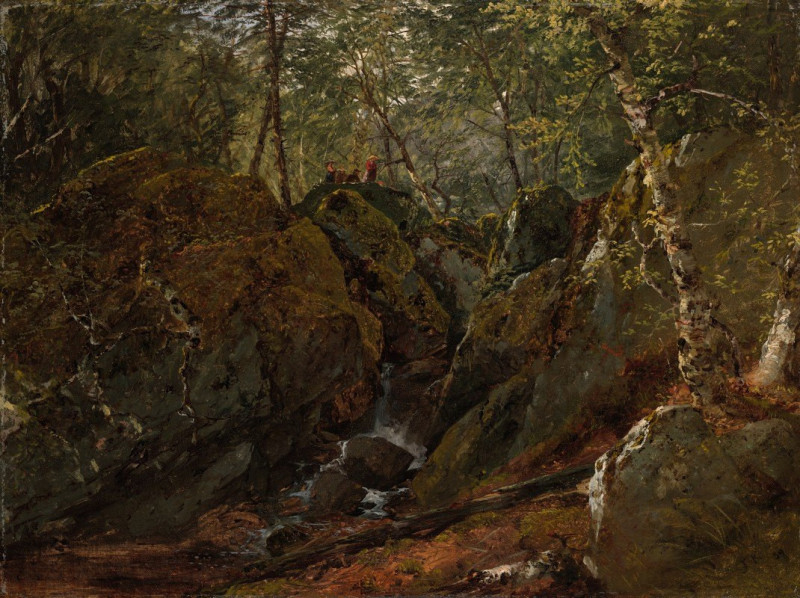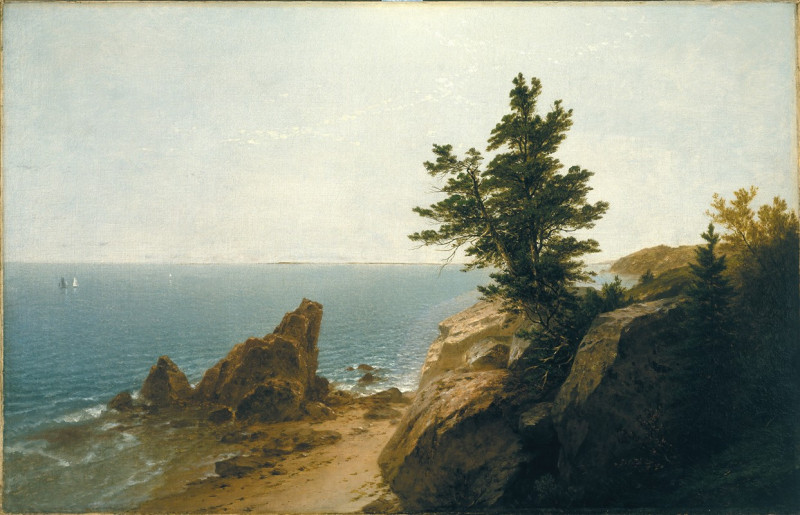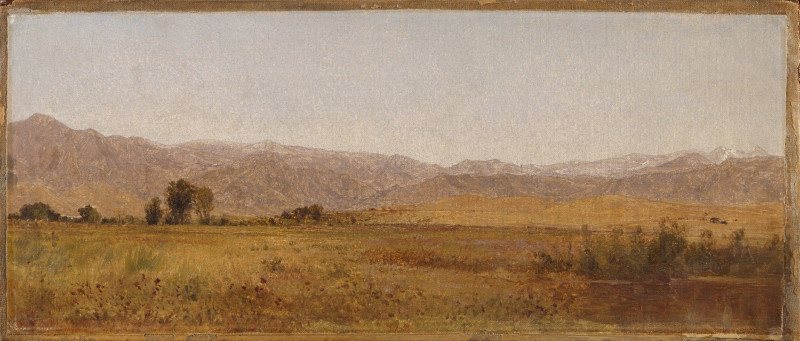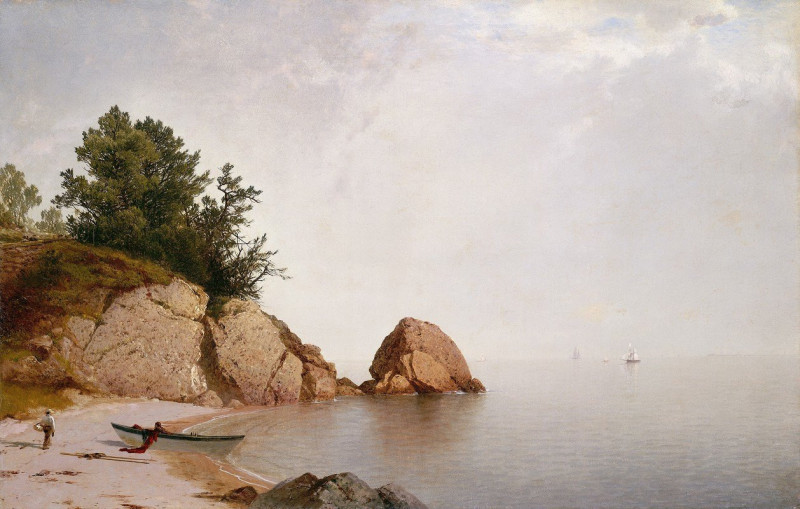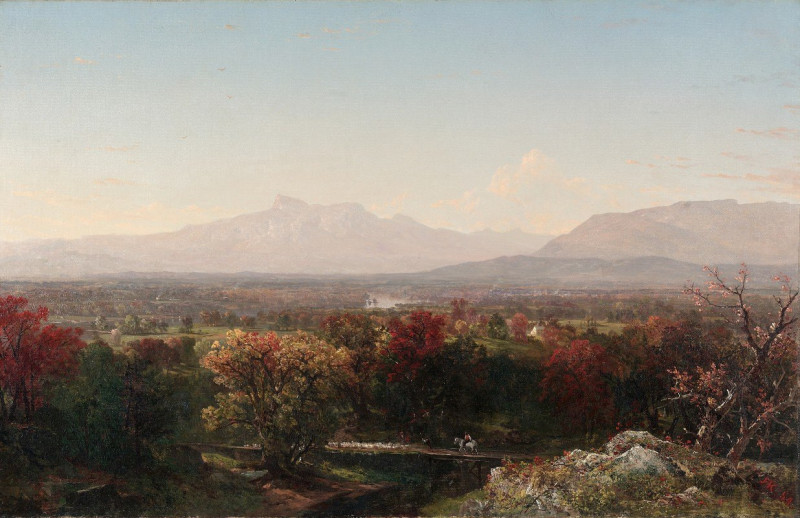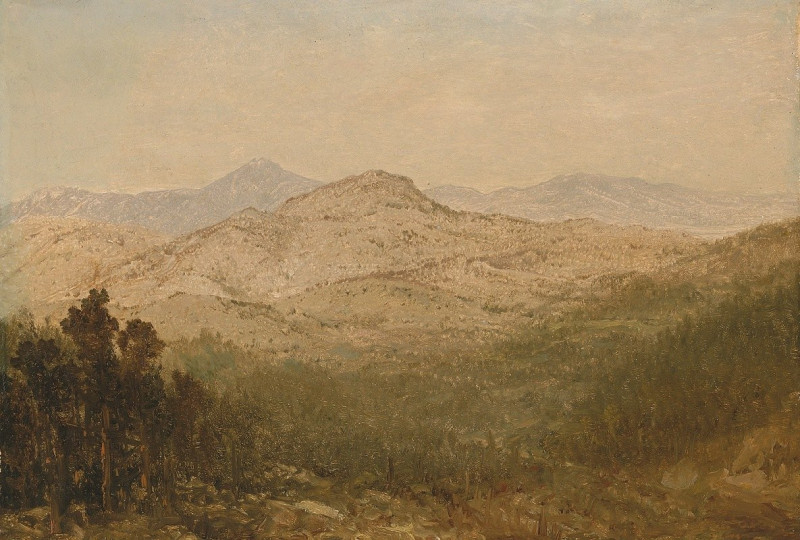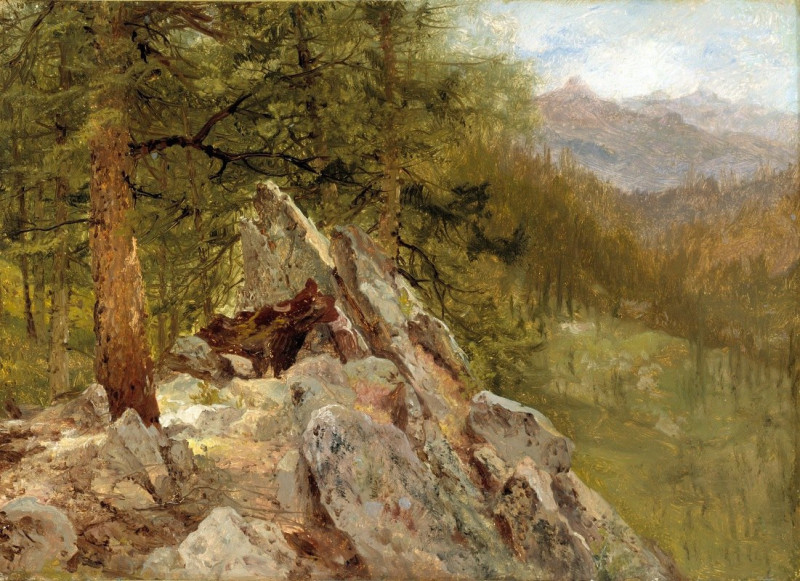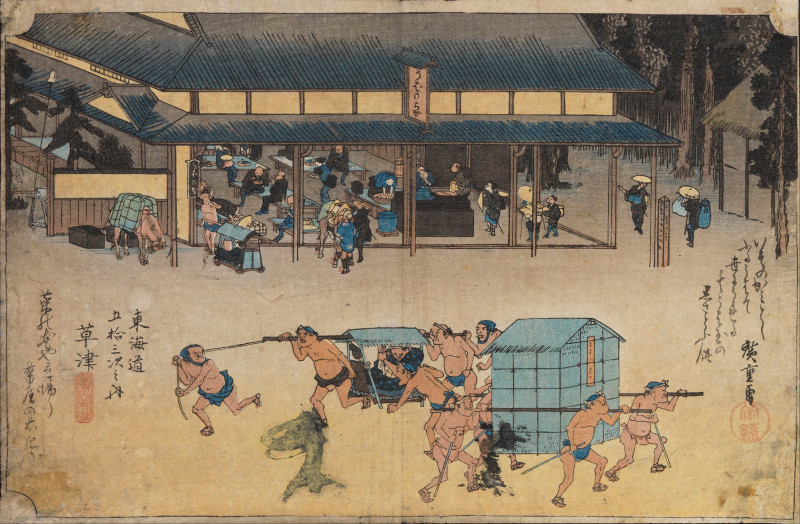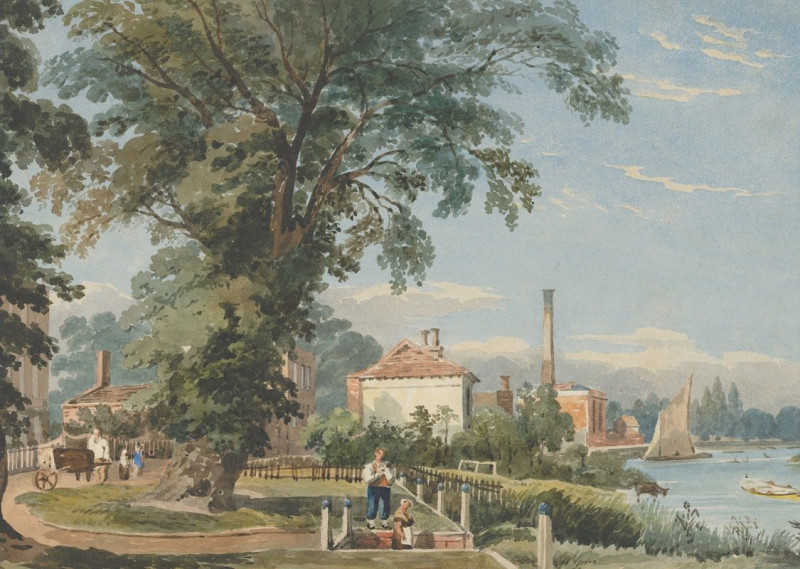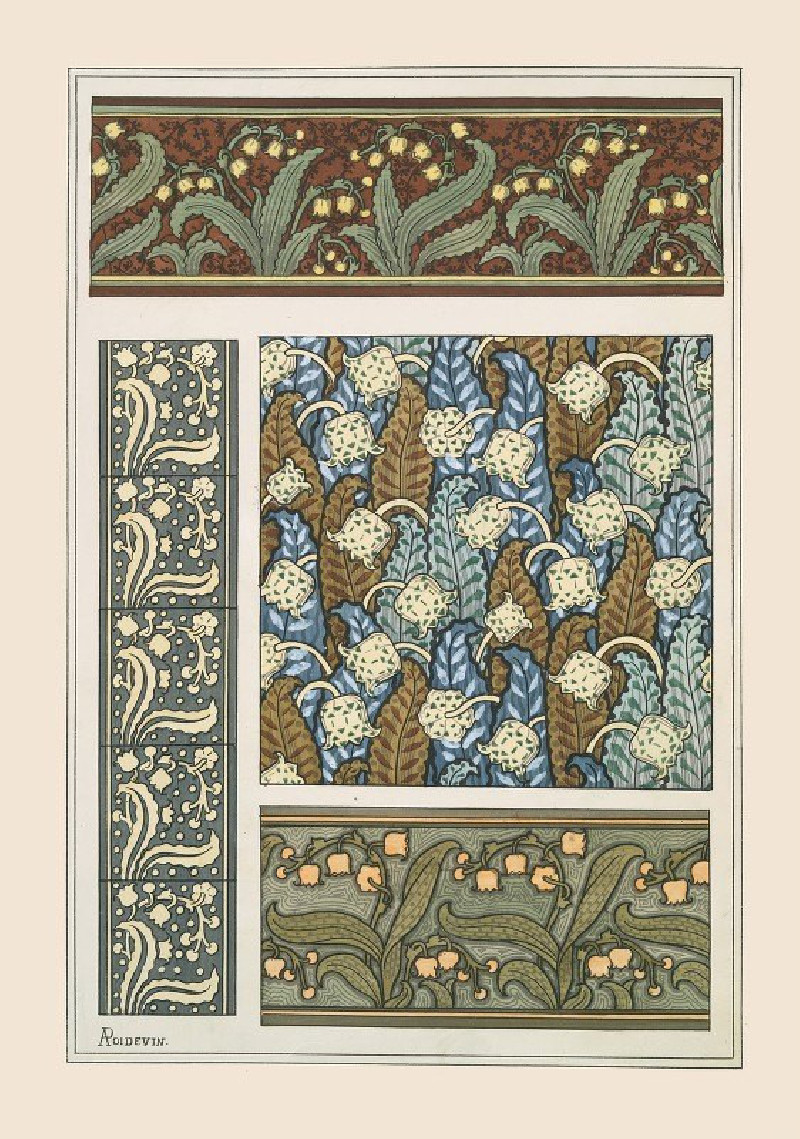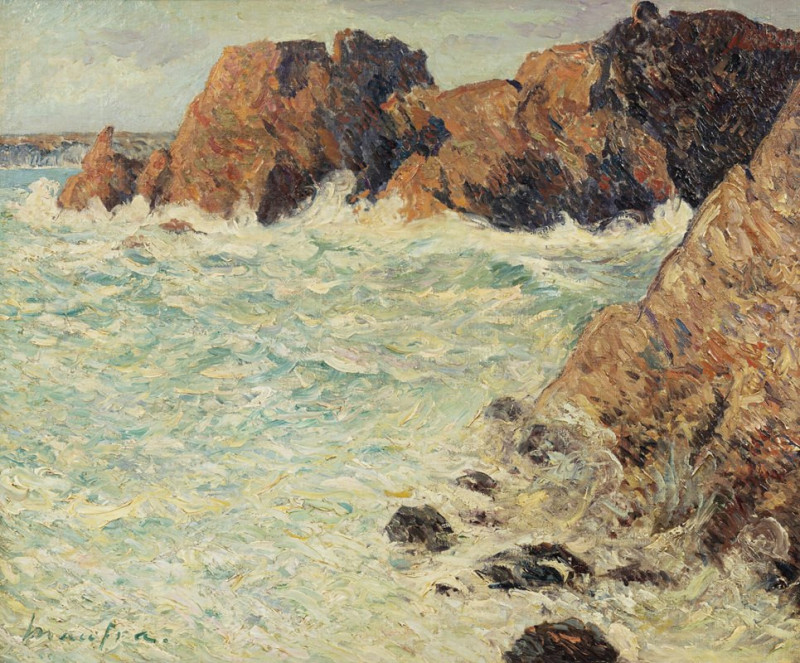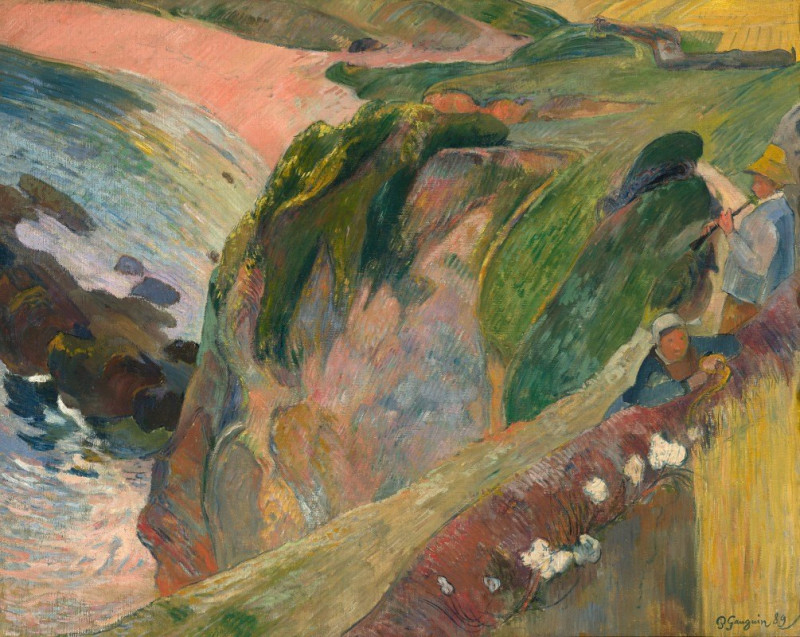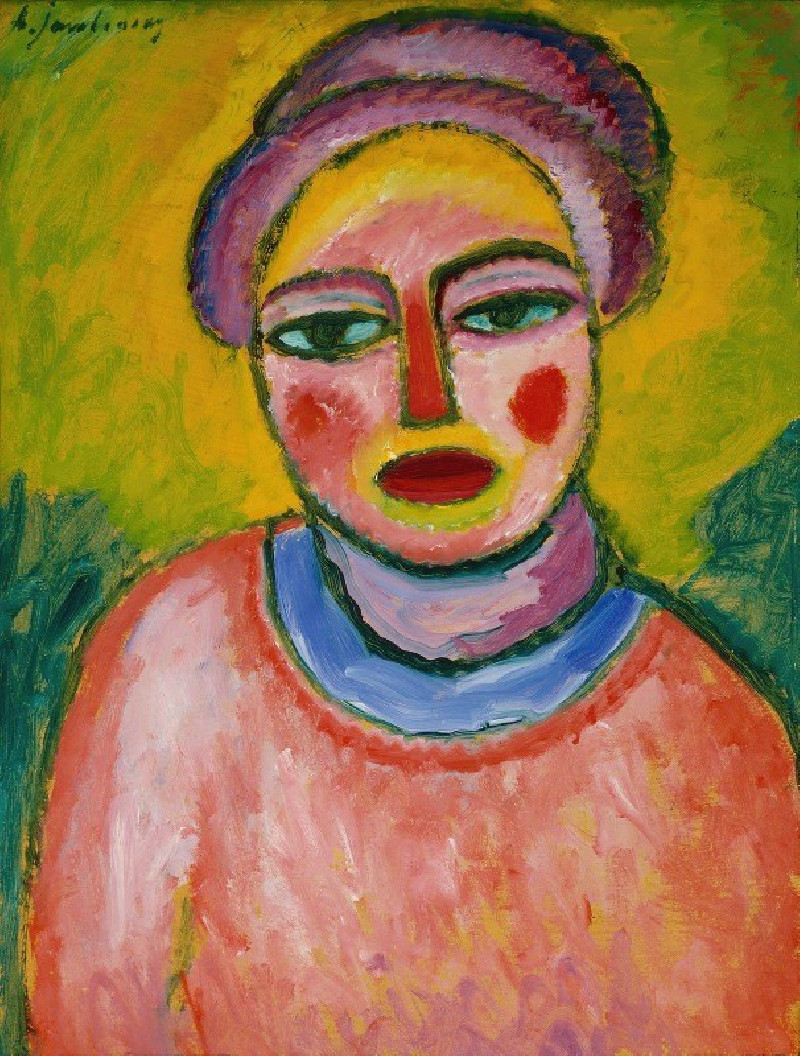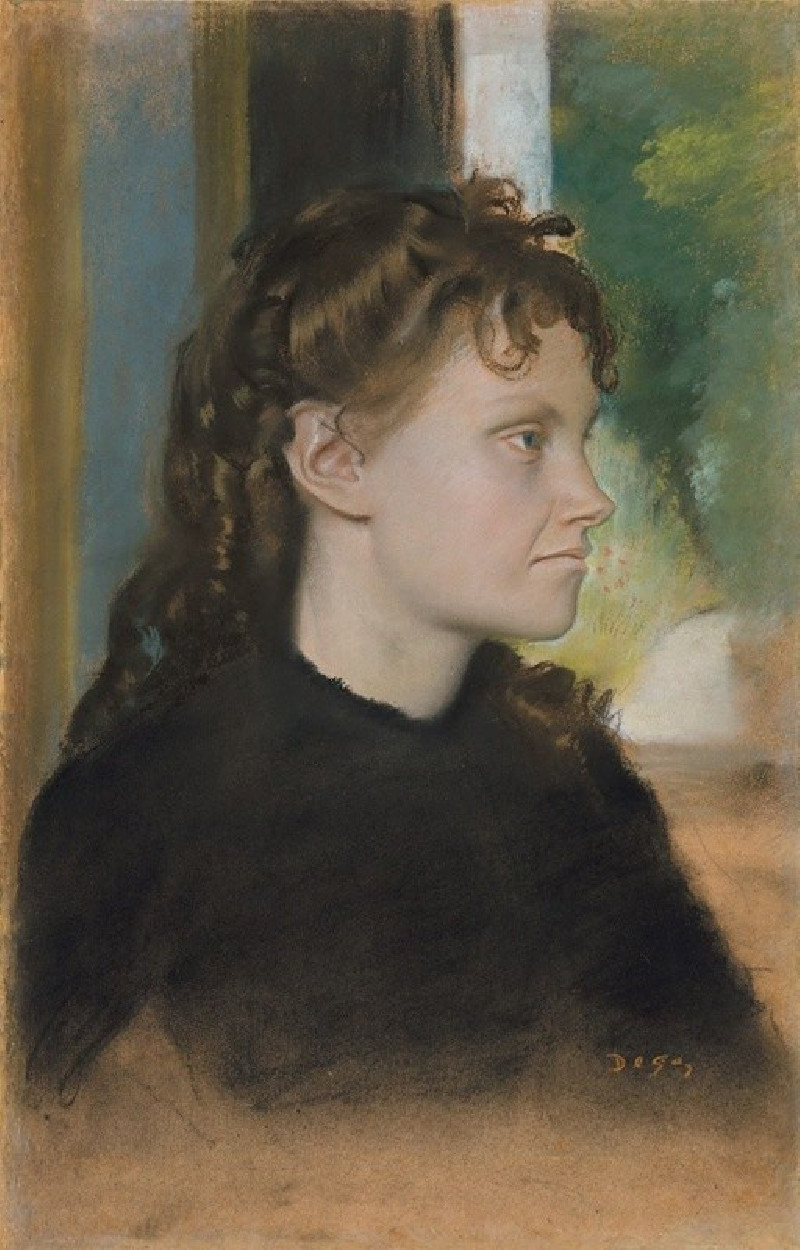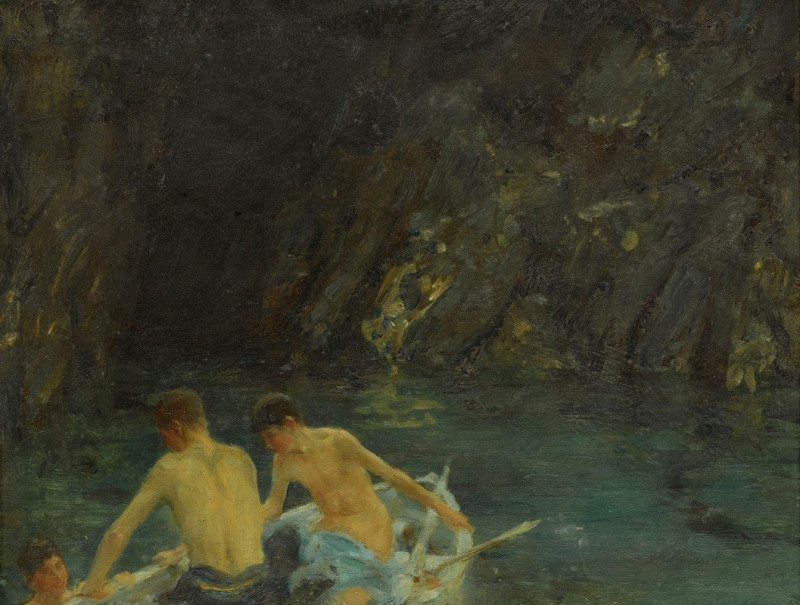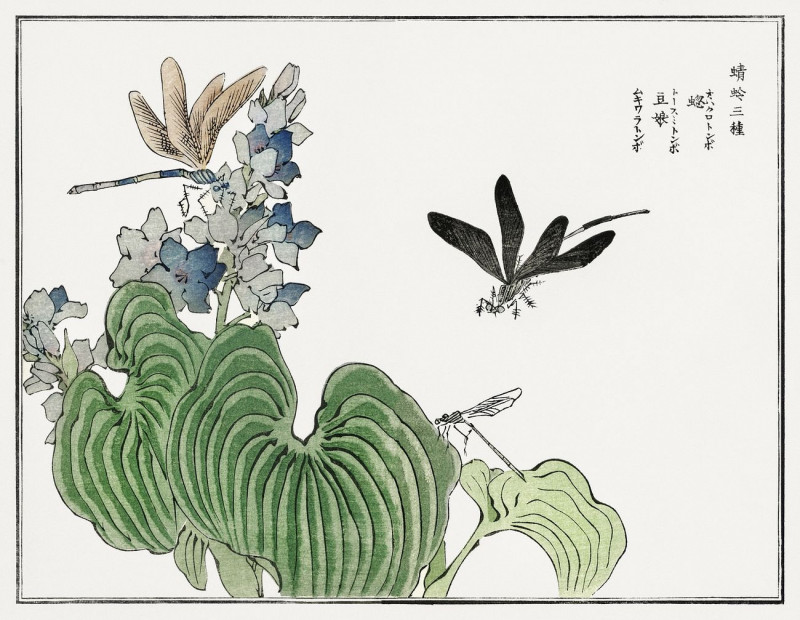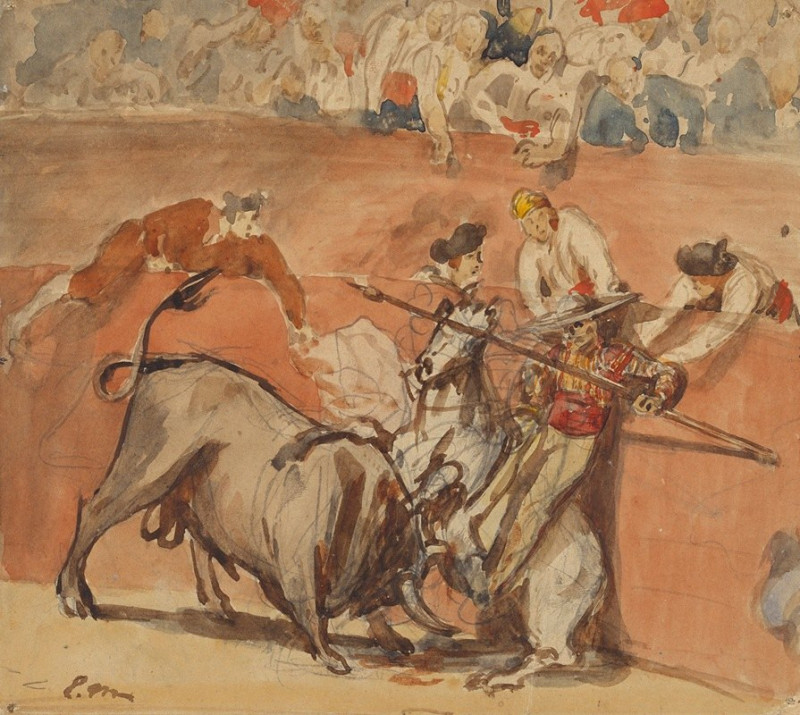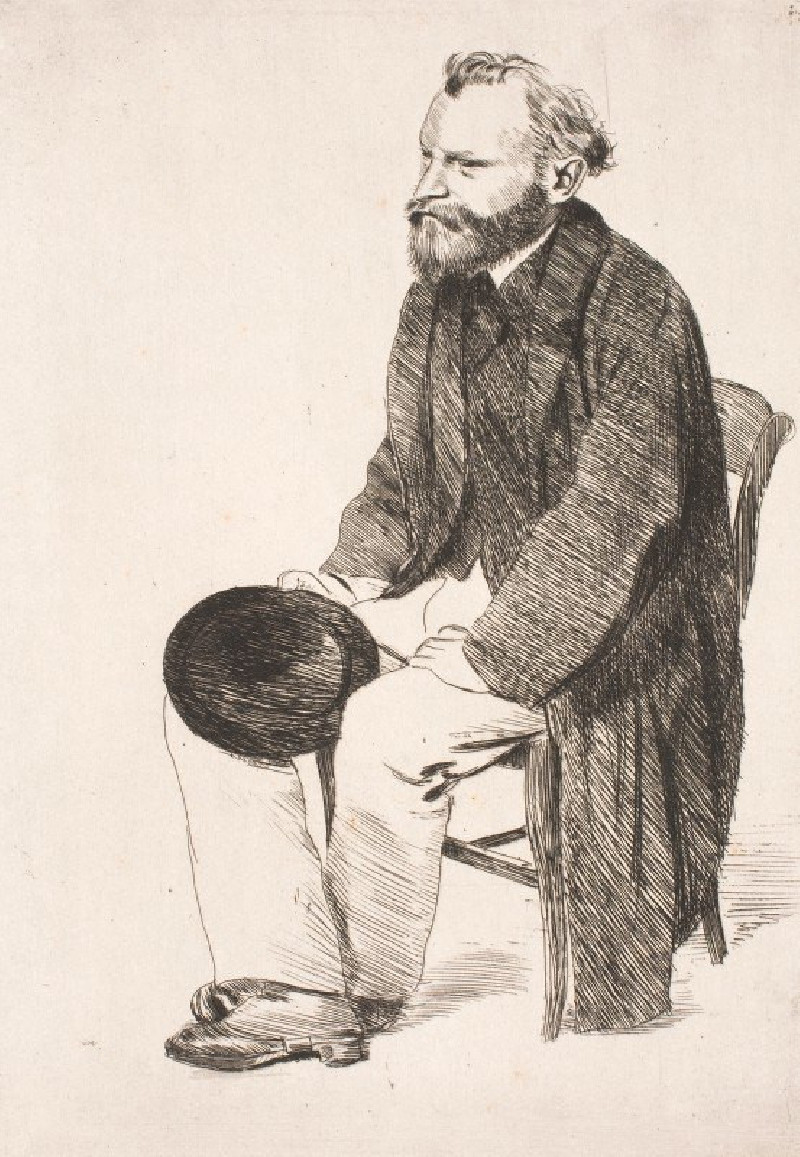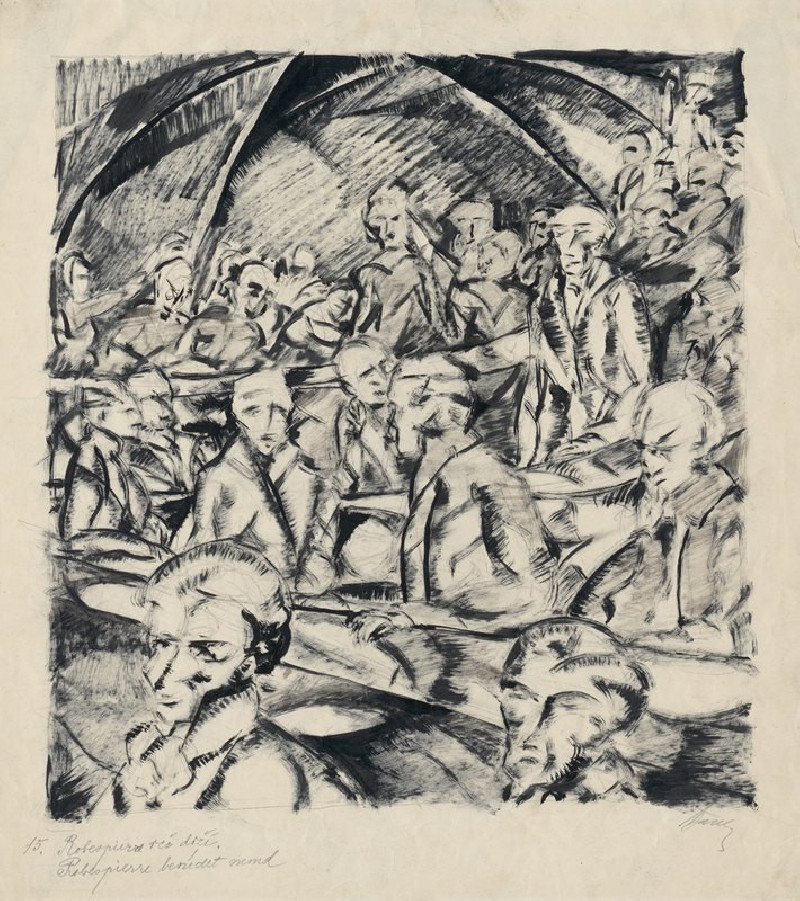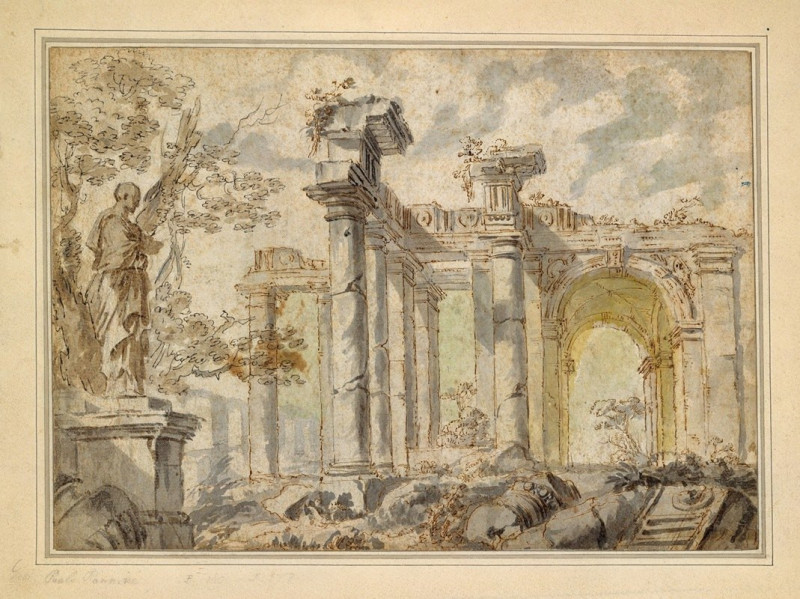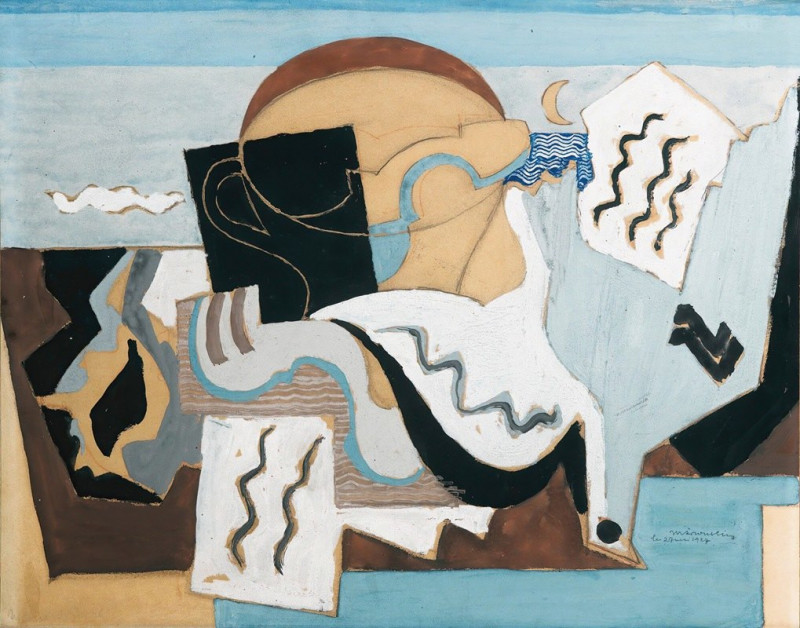Lake George, 1872 (1872)
Technique: Giclée quality print
Recommended by our customers
More about this artwork
Delve into the serene tranquility of "Lake George, 1872," a captivating oil painting by the esteemed American artist, John Frederick Kensett. This artwork is a fine representation of the Luminist style, where Kensett's mastery in capturing light and atmosphere vividly comes to life.The painting portrays a peaceful view of Lake George, nestled in the Adirondack Mountains of New York State. In the foreground, calm, expansive waters dominate the scene, reflecting the subtle, shifting colors of the sky above. To the right, gentle brushwork brings a cluster of foliage to life, perched delicately at the water’s edge, introducing a textured contrast to the smooth surface of the lake.As the eye moves across the canvas, rolling hills and lush mountains form the background, painted in varying shades of green and blue, suggesting depth and distance. The presence of a small, secluded house nestled amidst the dense canopy draws the viewer into a narrative of solitude and retreat.Kensett's use of a soft, nuanced palette and his focus on the harmonious interplay of sky, water, and land evoke a sense of profound calmness and timeless beauty. The airy, open sky is scattered with light clouds, rendered through thin, careful strokes, enhancing the overall feeling of a vast, breathing landscape."Lake George, 1872" encourages a moment of reflection and admiration for the natural world, showcasing John Frederick Kensett's exceptional ability to not just depict a scene, but to communicate the quiet magnificence of nature’s scenery.
Delivery
Returns
John Frederick Kensett was an American landscape painter and engraver born in Cheshire, Connecticut. A member of the second generation of the Hudson River School of artists, Kensett's signature works are landscape paintings of New England and New York State, whose clear light and serene surfaces celebrate transcendental qualities of nature, and are associated with Luminism. Kensett's early work owed much to the influence of Thomas Cole, but was from the outset distinguished by a preference for cooler colors and an interest in less dramatic topography, favoring restraint in both palette and composition.

